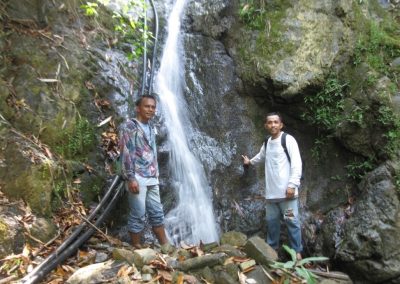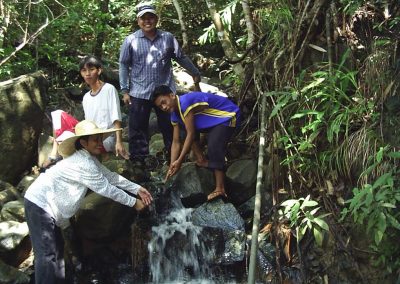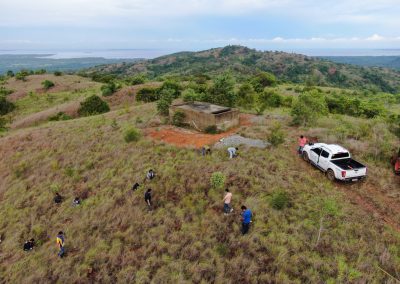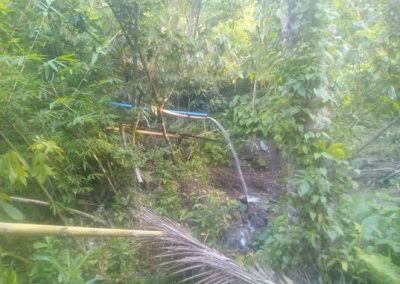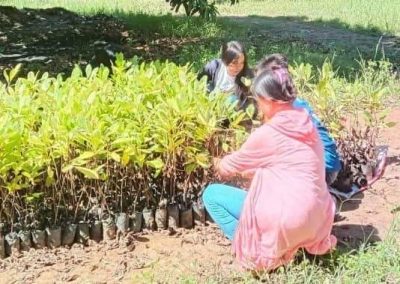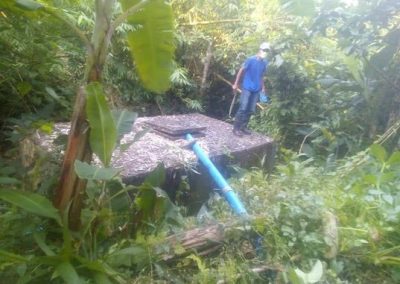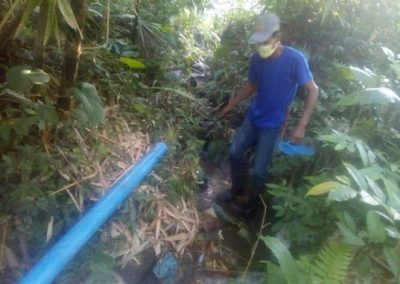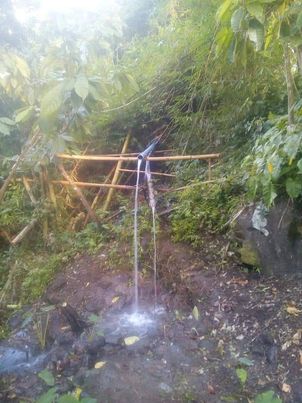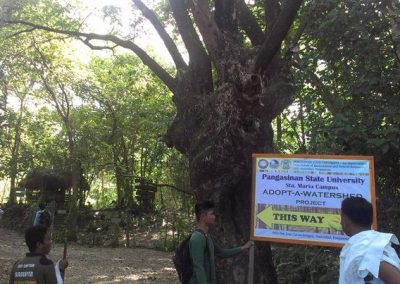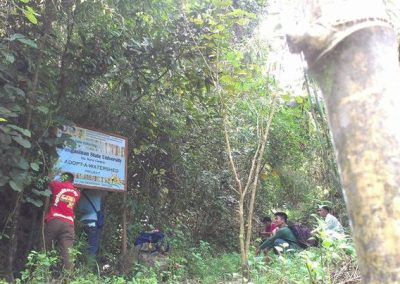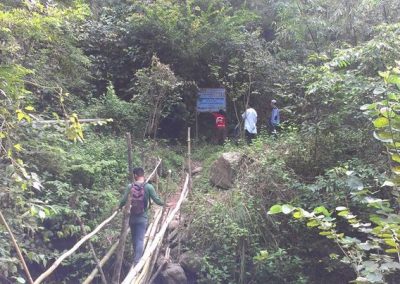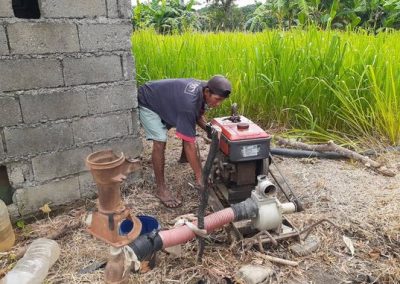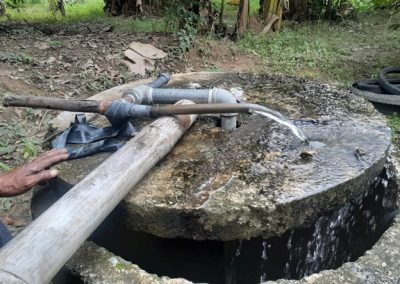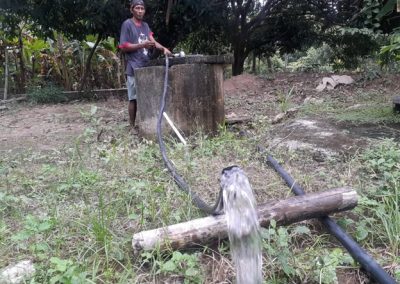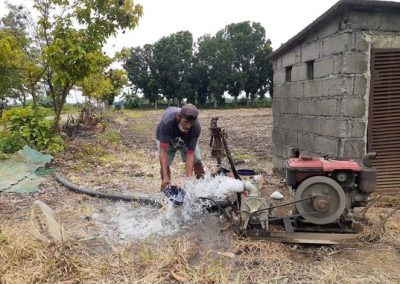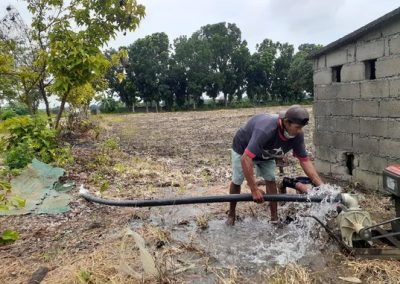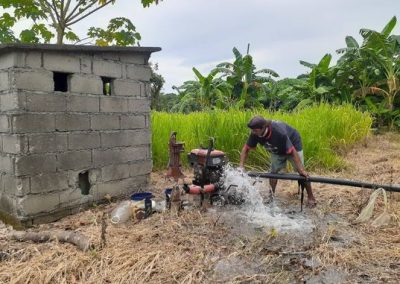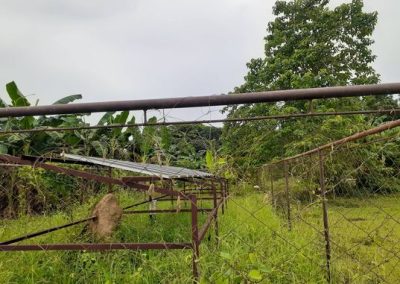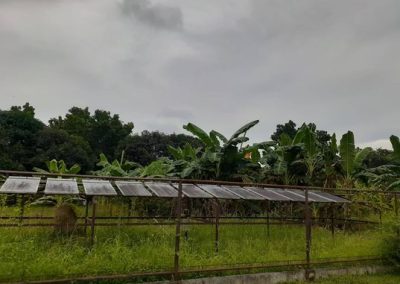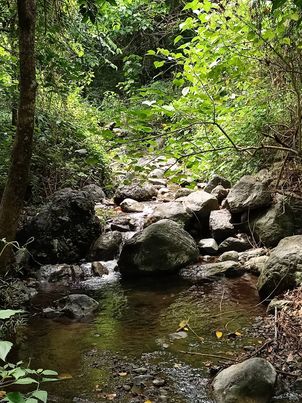The Pangasinan State University follow the following standards and policy guidelines water conservation and management in its day-to-day operation in support to the implementation of the national government’s Energy Conservation Program enunciated in the Administrative Order 126 series of 2005.
As part of the Sustainability Plan, the University has a goal to reduce the consumption of potable water for purposes that do not require it and conserve as much water in its operations. The University has implemented a variety of water conservation measures such as the Solar Photovoltaic Water Pumping Facility for as component technology for organic agriculture, use of drought tolerant rice varieties on rice production including low water consuming crops for University IGPs, and use of low water house plants and increase the use of native plants for landscaping purposes in the nine campuses of the University.
The PSU also is a partner of the Department of Environment and Natural Resources in the implementation of the Small Water Impounding System project, a structure constructed across a narrow depression or valley to hold back water and develop a reservoir that will store rainfall and run-off during the rainy season for immediate or future use.
Facilities Management
1. Assess the university-wide current performance of earlier-instituted operation and maintenance conservation practices and develop a priority list for facilities and infrastructure improvements to achieve water efficiency improvements.
2. Plan and design new buildings and systems in all the campuses to utilize water-conserving fixtures and features (rain catchers, water recycling features in comfort rooms) and adopt green engineering practices in the construction of such facilities and infrastructures.
Operations Management
1. Educate students, faculty and staff by ensuring every student knows campus water sources and ways to conserve those sources while in the University. Keep the PSU academic community involved in all water conservation efforts.
2. All plumbing systems should be provided with periodic maintenance and always be free of leakage to ensure optimal performance.
3. The comfort rooms, canteen and laboratories should be installed with low flow taps, showerheads and low-flow toilets.
4. Replace outdated fixtures, hoses, and faucets with water-efficient ones especially as old indoor fixtures are phased out.
WATERSHED
Pangasinan State University- Sta. Maria Campus is the university’s bowl of income generating projects contributing to approximately 1.7 million a year. This revenue comes from agricultural facilities and projects which were manned by dedicated and skillful PSU-SM employees.
Among the projects, crops yield the greatest dividend. Hence, the administration put a premium on sustaining them, especially during the dry season.
As an agricultural institution, irrigation in the production of crops is of dire importance. Water is a critical input for agricultural production and plays an important role in food security and demand. Based on studies, irrigated agriculture is, on average, at least twice as productive per unit of land as rainfed agriculture, thus allowing for more production intensification and crop diversification.
In response to this, PSU Sta. Maria, through the initiative effort of Dr. Elmer C. Vingua, Campus Executive Director of PSU- SM, developed a solar-powered irrigation system to water the banana plantation, lowland vegetable moringa, and rice and corn production was completed especially during the dry season. This action raised and sustained the land productivity in yielding and ensuring the stability of production.

